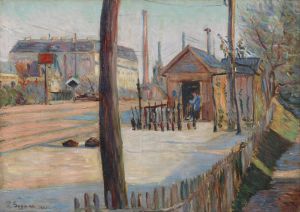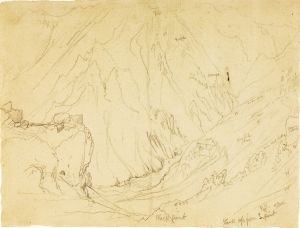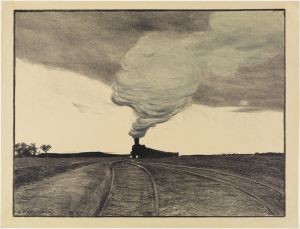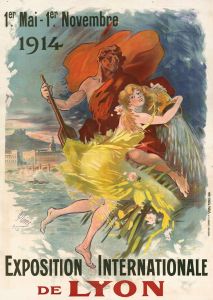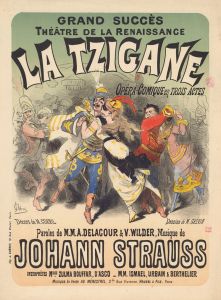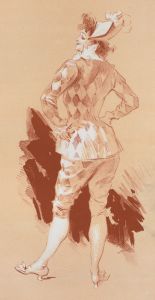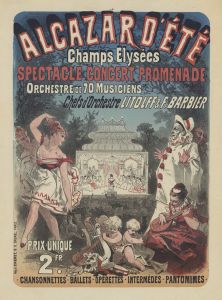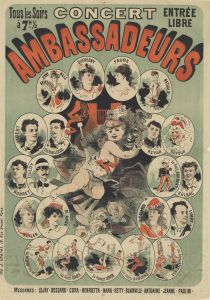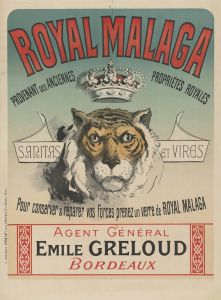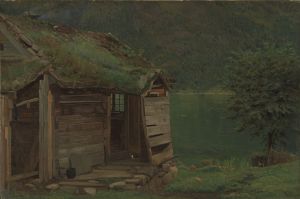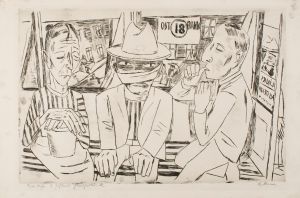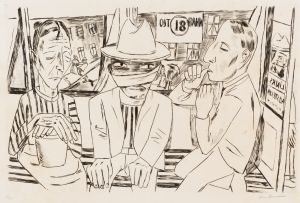
Chemins de Fer de l’Ouest. Bains de mer & excursions sur les côtes de Normandie & en Bretagne
A hand-painted replica of Jules Chéret’s masterpiece Chemins de Fer de l’Ouest. Bains de mer & excursions sur les côtes de Normandie & en Bretagne, meticulously crafted by professional artists to capture the true essence of the original. Each piece is created with museum-quality canvas and rare mineral pigments, carefully painted by experienced artists with delicate brushstrokes and rich, layered colors to perfectly recreate the texture of the original artwork. Unlike machine-printed reproductions, this hand-painted version brings the painting to life, infused with the artist’s emotions and skill in every stroke. Whether for personal collection or home decoration, it instantly elevates the artistic atmosphere of any space.
"Chemins de Fer de l’Ouest. Bains de mer & excursions sur les côtes de Normandie & en Bretagne" is a poster created by the French artist Jules Chéret, a prominent figure in the development of modern poster art during the late 19th century. This work was commissioned by the Chemins de Fer de l’Ouest (Western Railway Company) to promote seaside tourism along the coasts of Normandy and Brittany in France.
Jules Chéret, often referred to as the "father of the modern poster," was known for his innovative use of color lithography and his ability to combine artistic elegance with commercial appeal. His posters were instrumental in transforming advertising into an art form. This particular piece exemplifies his signature style, which often featured dynamic compositions, vibrant colors, and graceful figures.
The poster advertises the railway company's services, encouraging travel to the picturesque coastal regions of Normandy and Brittany. These areas were becoming increasingly popular as leisure destinations during the late 19th century, thanks to the rise of seaside tourism and the growing accessibility of rail travel. The phrase "Bains de mer" (sea bathing) reflects the era's fascination with the health benefits of seaside vacations, while "excursions" highlights the recreational opportunities available to travelers.
In the artwork, Chéret employs his characteristic use of bright, cheerful colors and fluid, lively figures to evoke a sense of joy and relaxation. The central figure, often a hallmark of Chéret's work, is a woman depicted in a carefree and elegant pose, symbolizing the leisure and freedom associated with seaside holidays. The background features elements that suggest the coastal setting, such as the sea and beach, reinforcing the poster's promotional message.
This poster is not only a testament to Chéret's artistic talent but also a reflection of the cultural and social changes of the time. The late 19th century saw significant advancements in transportation, such as the expansion of railway networks, which made travel more accessible to the middle class. Simultaneously, there was a growing appreciation for leisure and tourism, particularly to natural and scenic destinations.
Today, "Chemins de Fer de l’Ouest. Bains de mer & excursions sur les côtes de Normandie & en Bretagne" is recognized as an important example of both Chéret's work and the broader development of commercial art during the Belle Époque. It remains a celebrated piece in the history of graphic design and is often studied for its artistic and historical significance.





